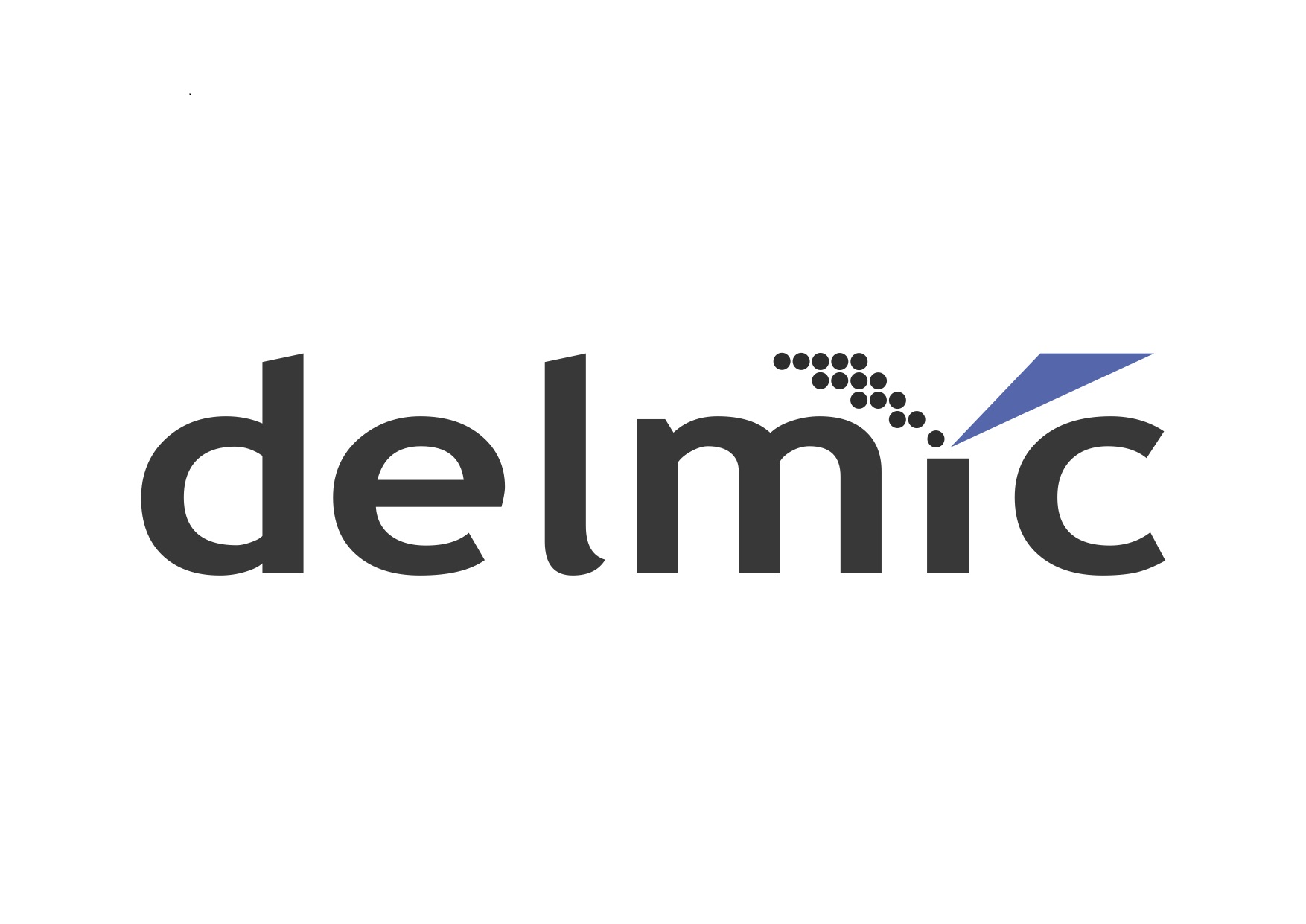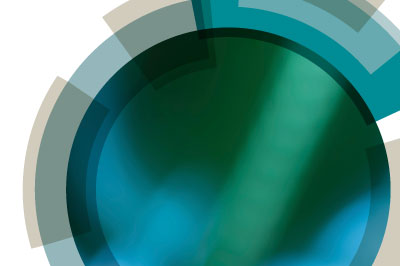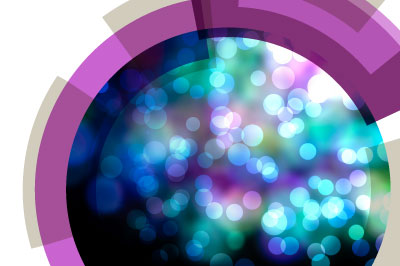Recent advances in nanofabrication and subwavelength optical characterisation have led to significant new advances in plasmonics. In addition to traditional top-down nanofabrication techniques, chemical-based fabrication has emerged as an inexpensive and viable alternative with electrochemical and self-organisation methods for fabrication of plasmonic nanoparticles and extended plasmonic structures. The meeting will focus on areas where progress is expected to have a most significant impact on a whole area of nanoplasmonics and on commercial exploitation.
Faraday Discussions have a special format where research papers written by the speakers are distributed to all participants before the meeting, and most of the meeting is devoted to discussing the papers. Everyone contributes to the discussion - including presenting their own relevant research. The research papers and a record of the discussion are published in the journal Faraday Discussions
New approaches for design and fabrication of plasmonic nanostructures tailored for various application properties. Modelling to predict plasmonic properties of complex nanostructures, soft top-down and bottom-up nanofabrication, new design principles for achieving strong field confinement and enhancement, as well as metamaterials for visible negative refraction and superresolution imaging applications.
Surface plasmon enhanced spectroscopies
Surface plasmon enhanced spectroscopies and their applications, such as surface enhanced Raman scattering, surface enhanced infrared absorption, surface plasmon enhanced fluorescence and enhanced nonlinear optical properties of plasmonic nanostructures.
Quantum plasmonics, gain and spasers
Cutting edge developments in plasmonics dealing with the quantum nature of plasmonic excitations and their interaction with quantum objects, such as quantum dots, molecules, etc. Label-free biosensing techniques based on plasmonics, optical trapping using plasmonic forces, high resolution cell imaging, photothermal therapy and targeted drug delivery with plasmonic nanoparticles
Biosensing and biomedical applications of plasmonics
Label-free biosensing techniques based on plasmonics, optical trapping using plasmonic forces, high resolution cell imaging, photothermal therapy and targeted drug delivery with plasmonic nanoparticles
Aims
This meeting aims to highlight the most recent breakthroughs in this multidisciplinary field and hear from the different perspectives of physicists, chemists and biologists. It will connect the various subdisciplines in the field and define the most challenging problems for the future.Format
The Faraday Division have been organising high impact Faraday Discussions in rapidly developing areas of physical chemistry and its interfaces with other scientific disciplines for over 100 years.Faraday Discussions have a special format where research papers written by the speakers are distributed to all participants before the meeting, and most of the meeting is devoted to discussing the papers. Everyone contributes to the discussion - including presenting their own relevant research. The research papers and a record of the discussion are published in the journal Faraday Discussions
Themes
Plasmonic nanoparticles and metamaterials with designed optical propertiesNew approaches for design and fabrication of plasmonic nanostructures tailored for various application properties. Modelling to predict plasmonic properties of complex nanostructures, soft top-down and bottom-up nanofabrication, new design principles for achieving strong field confinement and enhancement, as well as metamaterials for visible negative refraction and superresolution imaging applications.
Surface plasmon enhanced spectroscopies
Surface plasmon enhanced spectroscopies and their applications, such as surface enhanced Raman scattering, surface enhanced infrared absorption, surface plasmon enhanced fluorescence and enhanced nonlinear optical properties of plasmonic nanostructures.
Quantum plasmonics, gain and spasers
Cutting edge developments in plasmonics dealing with the quantum nature of plasmonic excitations and their interaction with quantum objects, such as quantum dots, molecules, etc. Label-free biosensing techniques based on plasmonics, optical trapping using plasmonic forces, high resolution cell imaging, photothermal therapy and targeted drug delivery with plasmonic nanoparticles
Biosensing and biomedical applications of plasmonics
Label-free biosensing techniques based on plasmonics, optical trapping using plasmonic forces, high resolution cell imaging, photothermal therapy and targeted drug delivery with plasmonic nanoparticles











